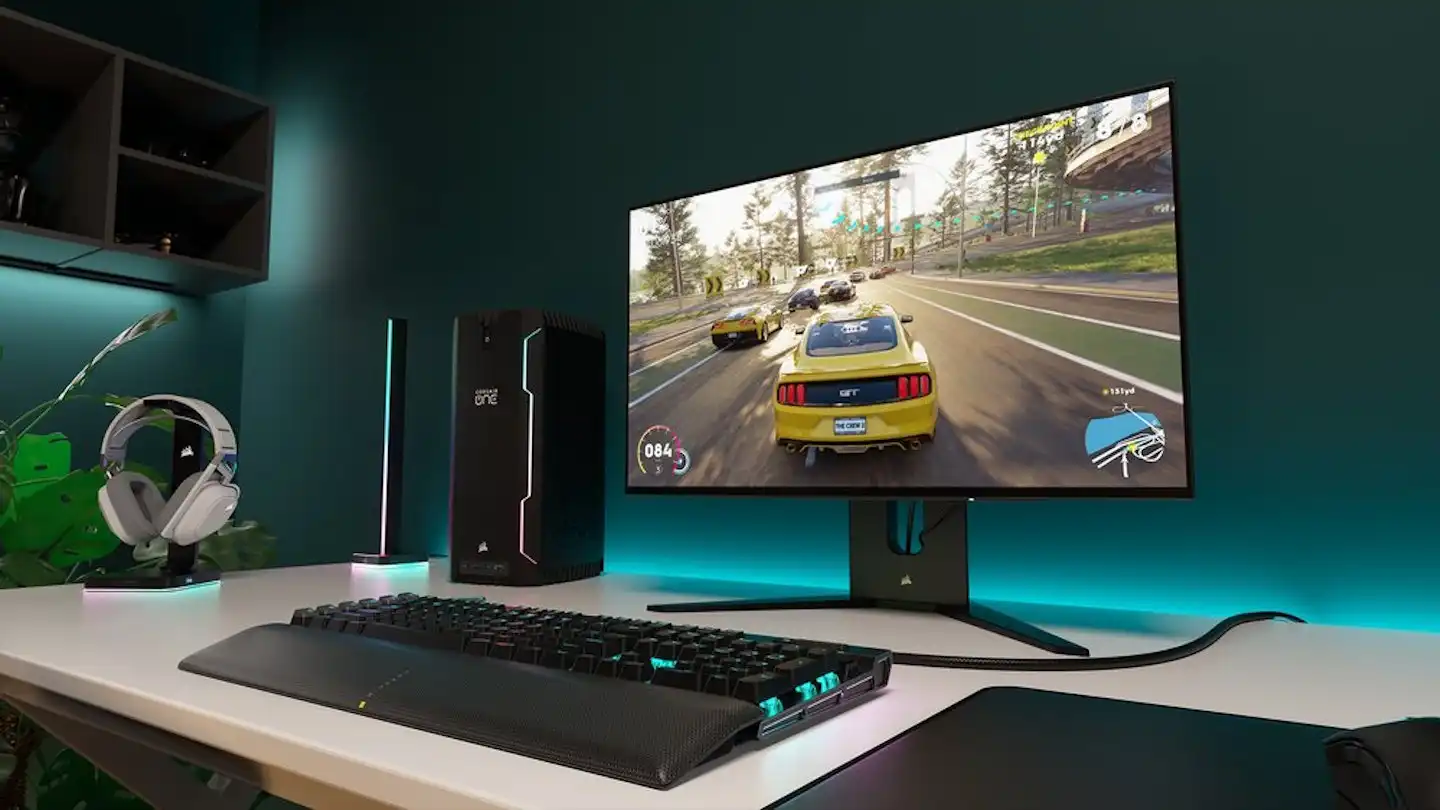If your monitor flickers when playing games, this could be due to the “Variable Refresh Rate” (VRR) function.
“Variable Refresh Rate” (VRR) technology like G-Sync and FreeSync dynamically adjusts the refresh rate of your monitor to the frame rate of the game, but they can sometimes cause undesirable side effects such as flickering. Monitors with VA and OLED panels are particularly affected, although some IPS and TN screens can also fall prey.
Fortunately, there are some methods to fix this problem. The flickering occurs because the frame rate in certain games fluctuates greatly or there are sudden variations in frame time, for example, when compiling shaders or loading new areas in open-world games. VA panels in particular are sensitive to voltage fluctuations caused by changes in the refresh rate, which can exacerbate flickering.

MSI
A very simple way to eliminate the flickering is to deactivate VRR. Although this means that you have to fall back on V-Sync (vertical synchronization) and live with tearing effects, it reliably eliminates the flickering. The good news is that you can deactivate VRR for individual games in the GPU settings without switching off the technology for all applications.
Another option is to limit the frame rate in games that are prone to flickering. If you limit the maximum frame rate to a value that your GPU can keep constant, tearing can often be avoided. For games in which flickering is triggered by even the smallest fluctuations in the frame rate, it can help to limit the frame rate to a stable 60 FPS to avoid the problem.

IDG
If the flickering is less noticeable at higher frame rates, it can also be helpful to adjust the graphics settings so that your graphics card can constantly maintain a high frame rate above 75 FPS. At particularly high frame rates, around 100 FPS and above, you should no longer notice the VRR flickering.
If these methods are unsuccessful and you continue to suffer from the flickering, the last and most radical option is to change the monitor. If you have a display with a VA panel in particular, you can benefit from upgrading to an IPS panel, as this type of panel is rarely affected by VRR flickering. If you’re using an OLED monitor, a downgrade could be a solution, as these screens are particularly susceptible to flickering.
However, before you consider a new purchase, you should try out the other approaches. In many cases, minor adjustments to the settings can make a big difference and significantly reduce or even completely eliminate flickering.




